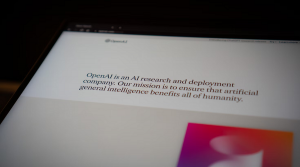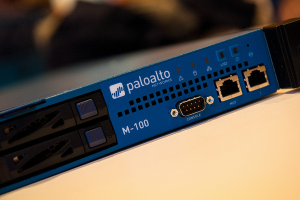IBM claims key breakthroughs in quantum computing
![]() Quantum computing is still in its infancy, but IBM today announced a major breakthrough with regards to error detection and a scalable design.
Quantum computing is still in its infancy, but IBM today announced a major breakthrough with regards to error detection and a scalable design.
If, as Moore’s Law states, the number of transistors on a microprocessor continues to double every 18 months, the year 2020 or 2030 will find the circuits on a microprocessor measured on an atomic scale. And so the logical next step will be to create quantum computers, which harness the power of atoms and molecules to perform memory and processing tasks.
As opposed to regular computers, where conventional ‘bits’ have two values – 1 and 0 – Quantum bits (Qubits) hold both, which means they can process things much faster. Quantum computers therefore have the potential to perform calculations significantly faster than any silicon-based computer, but while scientists have already built basic quantum computers that can perform certain calculations, a practical machine is still years away.
At least IBM is making progress. The two latest breakthroughs include the ability to detect two kinds of quantum errors at the same time. Identifying these two errors – bit-flip and phase-flip – allows us to correct problems that occur, but until now researchers have only ever been able to find one error at a time.
Quantum errors mainly occur because of interference from heat or radiation, or because of design defects, and it’s almost impossible to block this kind of interference in any quantum processor, which means they have to be identified and corrected if we’re ever to build a working quantum computer.
As for the second breakthrough, IBM says it’s built a four-quantum bit circuit in a one-quarter-inch lattice structure that scales. According to Big Blue’s researchers, the lattice is the best way to add qubits into a working system.
IBM said it will publish its findings in the Nature Communications journal at a later date.
Researchers at Google and Microsoft are also working on their own quantum computing projects, and the former recently announced its own approach to quantum bit circuits that lines up the qubits in a row. But according to IBM this approach isn’t scalable because it doesn’t allow for the simultaneous detection of both kinds of quantum errors.
Despite these advancements, researchers still have a long way to go before they can come up with a working quantum computer, which would need just 50 qubits to surpass the capabilities of the world’s most powerful supercomputers.
Image credit: geralt via Pixabay.com
A message from John Furrier, co-founder of SiliconANGLE:
Your vote of support is important to us and it helps us keep the content FREE.
One click below supports our mission to provide free, deep, and relevant content.
Join our community on YouTube
Join the community that includes more than 15,000 #CubeAlumni experts, including Amazon.com CEO Andy Jassy, Dell Technologies founder and CEO Michael Dell, Intel CEO Pat Gelsinger, and many more luminaries and experts.
THANK YOU













